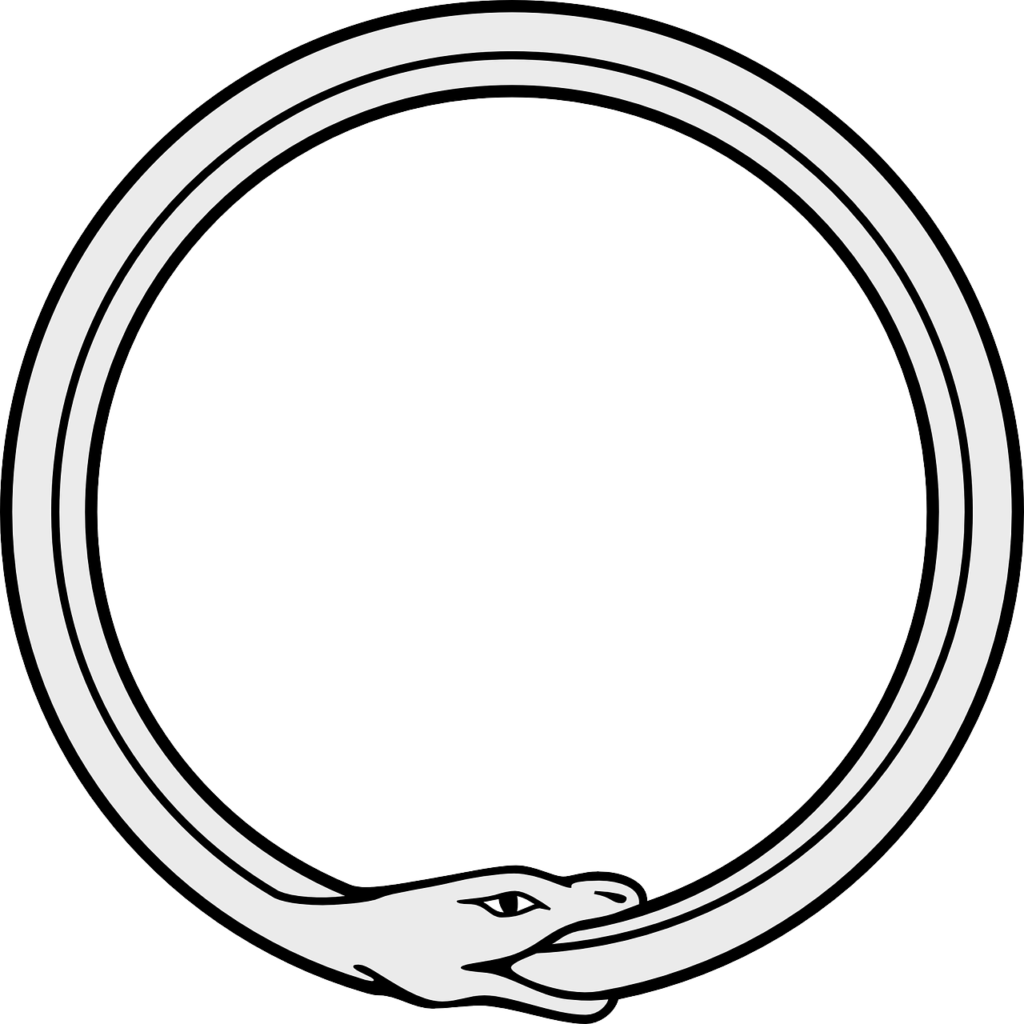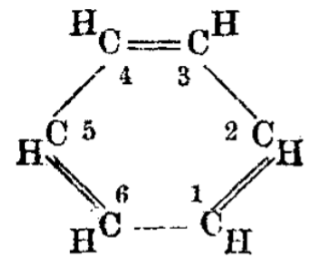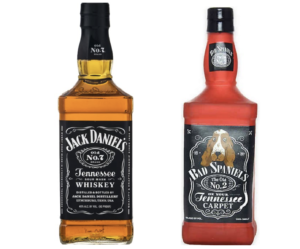by Sheridan Ecker
Recently, online author SenLinYu entered into a book deal with Del Ray at Penguin House to publish her debut novel, Alchemised.[1] This is not an ordinary book deal, though, as Alchemised is a reimagined version of her incredibly successful fanfiction called Manacled,[2] following Hermione Granger and Draco Malfoy from the world of Harry Potter[3] if the book had ended quite differently.[4] A quick search for “Manacled” on TikTok will yield countless results of users discussing the work,[5] and the fanfiction has over seven million hits[6] on its hosting website, Archive of Our Own.[7] In the Harry Potter fanfiction world—with over 450,000 works on Archive of Our Own alone[8]—it is second only to All the Young Dudes.[9] As the author herself notes, though, people in recent years have taken to selling it illegally, and this book deal was an opportunity for her to maintain the integrity of the work without jeopardizing the legality of fanfiction itself.[10]
Fanfiction requires some legal protection since it directly clashes with copyright.[11] Under federal copyright law, copyright protection “subsists…in original works of authorship fixed in any tangible medium of expression, now known or later developed, from which they can be perceived, reproduced, or otherwise communicated.”[12] Assuming this is met, the copyright holder enjoys a variety of exclusive rights, including the exclusive right to “to prepare derivative works based upon the copyrighted work.”[13] However, to establish a prima facie case for copyright infringement, a copyright holder must show that the work was “actually copied” and that the copying “amounts to improper or unlawful appropriation.”[14] This typically involves looking into whether the new work is substantially similar to the original.[15] However, there are also protections for copyright infringers under doctrines like the fair use doctrine, which “allows the public fair use of copyrighted materials.”[16]
Unsurprisingly, fanfiction and published books are treated differently under copyright law and its defenses. Alchemised is hardly unique in its position as a fanfiction-turned-published-novel, the most notable example being the Twilight[17] fanfiction-turned-novel Fifty Shades of Grey.[18] While non-commercialized fanfiction enjoys broad protection under copyright law, resulting in little more than the occasional cease-and-desist letter,[19] there is a higher burden on those who seek to profit from it.[20] The fair use defense largely protects non-profit based fanfiction, and other similar fan works. Under the fair use doctrine, an “assessment is done under multi-factor test, which in part considers the commercial or non-commercial aspect of the potentially infringing work.”[21] The other considerations include the “nature of the copyrighted work,” as well as the “amount and substantiality of the portion used in relation to the copyrighted work as a whole,” and finally, “the effect of the use upon the potential market for or value of the copyrighted work.”[22] When the use is commercial based, “the user must show a greater degree of transformation … in order to establish that it is fair.”[23]
The fair use doctrine is only necessary if the original work is actually violating copyright—fair use is a defense to the charge of copyright infringement.[24] Though it is uncertain whether a work like Alchemised would be considered copyright infringement in the first place, after changing character names and other Harry Potter specific references, one of the tenets of copyright law is that the owner has exclusive rights to “to prepare derivative works based upon the copyrighted work.”[25] Fanfiction is a derivative work, and given the factual knowledge that Alchemised is an updated version of a Harry Potter fanfiction, it would almost certainly have to rely on fair use rather than a basic argument that it does not infringe.[26] Under the current fair use doctrine, so long as the work is sufficiently transformative and does not specifically reference characters or other unique features of the original work, it is not infringing –after all, copyright does not protect ideas, but rather the “particular expression” of them.[27] Alchemised, then, would likely be protected under the fair use doctrine, once it is released.
When it comes to fanfictions-turned-novels, the fair use doctrine is an insufficient protection for the original holders of the copyright as it fails to account for the success second-comers enjoy from the intellectual efforts of the original author. As noted by other scholars, a key aspect of fanfictions becoming published novels is that they had wide fanbases due to the original subject matter of the fanfiction, and they got the benefit of this transfer of a fanbase under an ostensibly “original work.”[28] The economic outcome is notable, since authors like E.L. James and Cassandra Clare have been able to turn their fanfictions into “multi million dollar industries.”[29]
It should matter that these works became successful because of their original source, but under current copyright law, it does not. Would Manacled have been as successful if it was not a Harry Potter fanfiction? Would Alchemised have been chosen for publication if not for Manacled’s proven success? In essence, fanfiction enjoys broad protection because it does not seek to monetize the original work, but these published novels are chosen specifically for their connection to the source material and the underlying fan base. Without a copyright scheme that takes this into consideration for published fanfiction, the law does original copyright holders a disservice.
[1] SenLinYu (@SenLinYu), Tumblr (Feb. 5, 2024), https://senlinyu.tumblr.com/post/741499573811445761/im-excited-to-announce-that-i-have-signed-a-book; see also Emily Lafroy, How the most anticipated book of next year is based off The Handmaid’s Tale-inspired fanfiction of Harry Potter’s Draco Malfoy and Hermione Granger that was read more than seven MILLION times, DailyMail (Feb. 9, 2024), https://www.dailymail.co.uk/femail/article-13061735/book-fanfiction-harry-potter-draco-malfoy-hermoine-granger.html.
[2] SenLinYu, Manacled, Archive of Our Own (Aug. 19, 2019), https://archiveofourown.org/works/14454174.
[3] See, e.g., J.K. Rowling, Harry Potter and the Sorcerer’s Stone (1997).
[4] Samantha Grindell, The popular ‘Harry Potter’ fan fiction ‘Manacled’ is way darker than J.K. Rowling’s original story. Here’s what to know about the plot before you read it., Business Insider (Sep. 26, 2023) (last visited Feb. 22, 2024) (detailing the plot of this fanfiction, following Hermione Granger and Draco Malfoy if Voldemort had lost, Harry Potter had died, and Hermione had become a prisoner of war in the aftermath).
[5] TikTok, https://www.tiktok.com/ (last visited Feb. 22, 2024).
[6] See SenLinYu,supra note 2 (reporting 7,183,817 hits to the work).
[7] Archive of Our Own, https://archiveofourown.org (last visited Feb. 22, 2024).
[8] Archive of Our Own, https://archiveofourown.org/tags/Harry%20Potter%20-%20J*d*%20K*d*%20Rowling/works (last visited Feb. 17. 2024) (reporting 450,489 works in the Harry Potter universe).
[9] MsKingBean89, All the Young Dudes, Archive of Our Own (Nov. 12, 2018) https://archiveofourown.org/works/10057010 (last visited Feb. 22, 2024) (boasting 13,263,021 hits).
[10] See SinLinYu, supra note 1 (noting that “[d]uring the last several years, there has been a growing issue with illegal sales of Manacled, putting both me and the incredible community that shares fanfiction freely in legal jeopardy).
[11] Mollie E. Nolan, Search for Original Expression: Fan Fiction and the Fair Use Defense, S. Ill. U. L.J. 533, 535 (2006). (explaining “fan fiction represents not just a tension between [the rights of copyright holders and the public’s fair use], but a fundamental collision in a way rarely seen in copyright law”).
[12] 17 U.S.C. § 102(a).
[13] 17 U.S.C. § 106(2).
[14] Nolan, supra note 11, at 539.
[15] Id.
[16] Id. at 543.
[17] See, e.g., Stephanie Meyer, Twilight (2005).
[18] Steven D. Jamar & Christen B. Glenn, When the Author Owns the World: Copyright Issues Arising From Monetizing Fan Fiction, 1 Tex. A&M L. Rev. 959, 960–61 (discussing how the fanfiction was significantly edited and changed to prepare it for publication); E.L. James, Fifty Shades of Grey (2011).
[19] See Piper Keel, Fan-Use and Fair-Fiction: How Does The Growth and Rise of Fanfiction Effect Its Relationship With The Fair Use Defence?, Austl. Nat’l Univ. J. of L. & Tech. (Nov. 14, 2022) (“Fanfiction…is not sold for profit and sites which host fanfictions are often free to access and therefore have not traditionally held a commercial purpose. In large part, this non-commercial purpose has been the reason fanfiction writers very rarely face legal challenge beyond cease-and-desist letters”); see also Jamar & Glenn, supra note 18, at 973 (detailing the fair use argument as it applies to non-commercial fanfiction); see also Nolan, supra note 11, at 534 (discussing how copyright holders largely rely on cease-and-desist letters for fanfiction writers rather than other legal action).
[20] See Harvard University Office of the General Counsel, Copyright and Fair Use: A Guide for the Harvard Community, Harvard, at 9 (July 11, 2023), https://ogc.harvard.edu/sites/hwpi.harvard.edu/files/ogc/files/ogc_copyright_and_fair_use_guide_bea_july_2023.pdf?m=1689173591 (“Noncommercial use is more likely to be deemed fair use than commercial use”).
[21] See Jamar & Glenn, supra note 18, at 963.
[22] 17 U.S.C. § 107.
[23] See Harvard University Office of the General Counsel, supra note 14 at 9.
[24] 17 U.S.C. §107; see also Jamar & Glenn, supra note 18, at 970–71.
[25] 17 U.S.C § 106.
[26] See, e.g., Jamar & Glenn, supra note 18, at 978 (discussing Fifty Shades of Grey in connection with the fair use defense).
[27] Id. at 964.
[28] Keel, supra note 19.
[29] Id.






